Vastu Shastra, an ancient Indian science of architecture and design, has been an integral part of Indian culture for thousands of years. It focuses on creating environments that are aligned with the natural energies of the earth, ensuring that spaces promote health, wealth, prosperity, and peace. While it has traditionally been associated with the construction of buildings, Vastu is also a key consideration in interior designing, guiding how spaces should be arranged and decorated to foster positivity.
In today’s world, where people seek not only aesthetic beauty but also the balance of energy within their homes or workplaces, Vastu principles can make a significant difference. By integrating Vastu into interior design, one can create an environment that enhances well-being, improves relationships, boosts productivity, and fosters a peaceful atmosphere. Let’s explore the importance of Vastu in interior designing.
1. Aligning with Natural Forces for Positive Energy Flow
Vastu Shastra is based on the belief that the universe is made up of five elements: earth, water, fire, air, and space. These elements should be harmoniously balanced within a space to create an environment that enhances the flow of positive energy, or "prana." The interior design of a space, from furniture placement to color choices, can influence how these elements interact and affect the occupants.
For example:
- The placement of furniture: Following Vastu guidelines ensures that the arrangement of furniture allows energy to flow freely. Beds, desks, and seating arrangements should be placed in positions that promote balance and comfort.
- The use of colors: Colors play a crucial role in Vastu, with each color representing a specific element. Light shades of yellow and white can invite positive energy, while darker shades of red or black might invoke negative energies if used incorrectly.
By ensuring that a room’s design supports the natural flow of energies, Vastu helps create an environment that promotes peace, health, and well-being.
2. Promoting Physical and Mental Health
One of the primary aims of Vastu is to ensure that the energy in a space is conducive to good health. The proper alignment of rooms, furniture, and objects can prevent the buildup of negative energy, which is believed to contribute to stress, anxiety, and even physical ailments.
-
Bedroom Design: According to Vastu, the position of the bed is crucial for restful sleep and good health. Ideally, the bed should be placed with the head facing the south or east direction, as these positions are believed to promote restful sleep and overall well-being.
-
Living Room: The living room is often the focal point of a home. A Vastu-compliant living room promotes harmony and peace among family members. The seating arrangement should allow for free movement, with seating placed in the north or east, as these directions are associated with positive energies.
Incorporating Vastu principles into interior design can help in reducing stress levels, enhancing concentration, and improving the overall physical and mental health of the occupants.
3. Enhancing Prosperity and Success
Vastu Shastra also has a significant influence on wealth and prosperity. According to Vastu, certain placements and design elements can attract wealth and opportunities, while others may block financial growth. For example:
-
The placement of the cash box: It is recommended that the cash box or safe be placed in the south or south-west corner of a room, which is said to attract wealth and financial stability.
-
Home Office Design: For those working from home, Vastu emphasizes the importance of creating an office space that enhances productivity and success. Ideally, the desk should be placed in the north or east, with the person sitting facing these directions. This arrangement is said to promote positive energy flow and increase focus and success.
By incorporating Vastu principles into the layout and design of spaces associated with work or finance, homeowners and business owners can potentially enhance their prosperity and attract financial growth.
4. Fostering Positive Relationships
Vastu also plays a role in promoting harmony and understanding between individuals. The arrangement of furniture, the color palette, and even the positioning of certain objects can influence relationships within a space. A well-designed environment can foster better communication, empathy, and love, while a poorly designed space can lead to misunderstandings and conflicts.
-
Master Bedroom Design: The master bedroom is one of the most important rooms in the house when it comes to relationships. The positioning of the bed, the placement of mirrors, and the use of colors in the bedroom can greatly impact the energy between partners. According to Vastu, a bedroom should be a calm, peaceful space where positive energy can foster intimacy and understanding.
-
Living and Dining Spaces: Common areas like the living room and dining room also play a critical role in the bonding between family members. These spaces should encourage conversation and connection, with seating arrangements that promote equality and openness.
By adhering to Vastu, a home’s interior design can positively influence the quality of relationships among family members, friends, and colleagues.
5. Bringing Balance to the Space
In interior design, balance is key to creating an aesthetically pleasing and functional environment. Vastu emphasizes balance between various elements in a space—such as light, furniture, colors, and shapes—to ensure that they harmonize and complement each other. When balance is achieved, the space feels inviting, serene, and supportive.
-
The Five Elements: Incorporating all five elements (earth, water, fire, air, and space) in a balanced manner is essential for maintaining harmony in the design. For instance, placing plants or wooden furniture (earth) can add warmth, while water elements (like fountains or aquariums) add fluidity and movement.
-
Room Shape and Size: According to Vastu, the shape of rooms and furniture should be rectangular or square to avoid energy disruptions. Oddly shaped rooms or furniture placements can create an imbalance of energy, which could result in discomfort or restlessness.
When these principles are applied, the space feels more in tune with its surroundings, resulting in a peaceful and positive atmosphere.
6. Vastu and Modern Interior Design
While Vastu Shastra originates from ancient traditions, it is highly adaptable to modern interior design. Today, many interior designers are combining contemporary aesthetics with Vastu principles to create spaces that are not only beautiful and functional but also energetically aligned with the natural world. The challenge lies in integrating Vastu in a way that doesn’t compromise the design's style or modern sensibilities.
-
Minimalism and Clean Lines: Vastu principles can complement modern design trends such as minimalism. For instance, keeping the space clutter-free and allowing for the free flow of energy aligns with both Vastu and minimalist philosophies.
-
Sustainable Design: Many elements of Vastu align with sustainable practices. For example, ensuring proper natural light and ventilation (important in Vastu) also contributes to energy efficiency and a healthier environment.
Modern interior design trends can be seamlessly combined with Vastu to create spaces that feel uplifting and balanced without sacrificing style or functionality.
Conclusion
Incorporating Vastu into interior design isn’t just about following ancient traditions; it’s about creating spaces that nurture the mind, body, and spirit. Whether you’re designing your home, office, or any other space, Vastu principles can enhance the energy of the environment, improving health, prosperity, relationships, and overall well-being. In today’s fast-paced world, where harmony and balance are highly sought after, Vastu Shastra offers a timeless approach to designing spaces that promote positivity and support the needs of the people who inhabit them. By blending Vastu with modern design sensibilities, you can create interiors that are both aesthetically pleasing and energetically balanced.



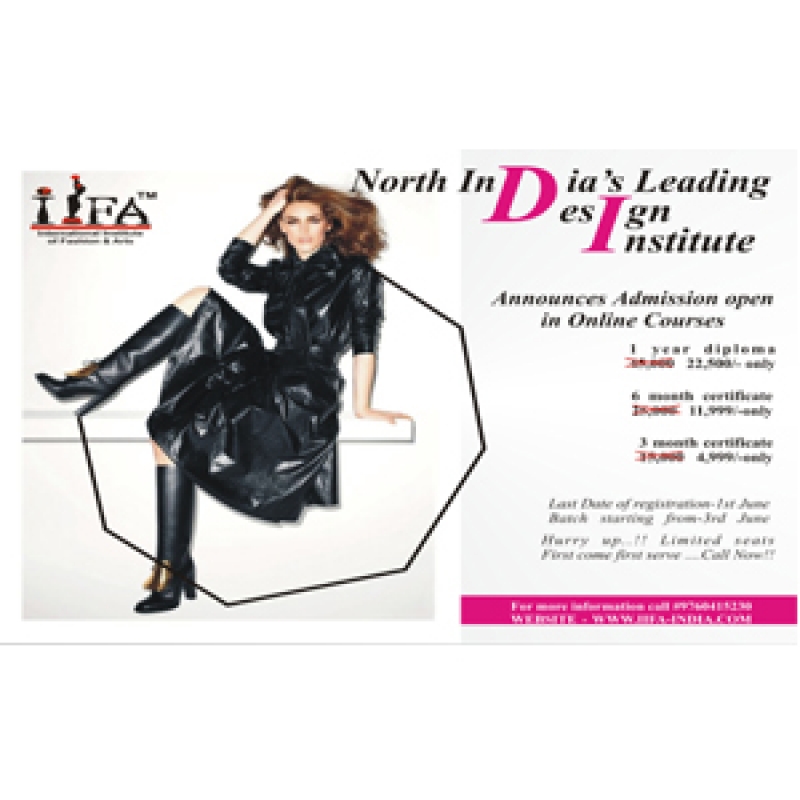


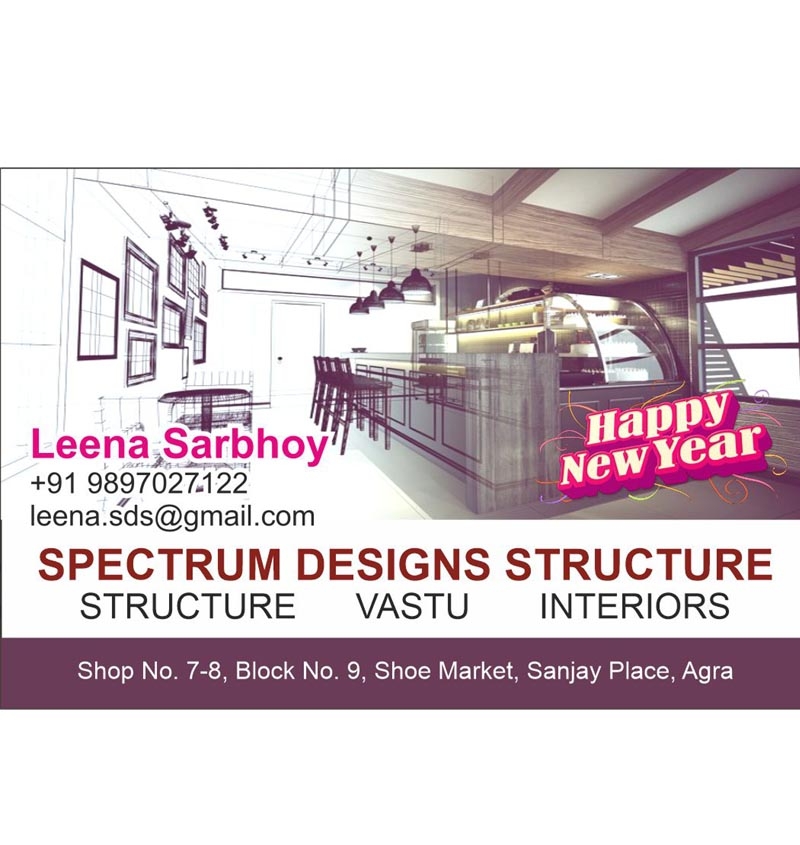
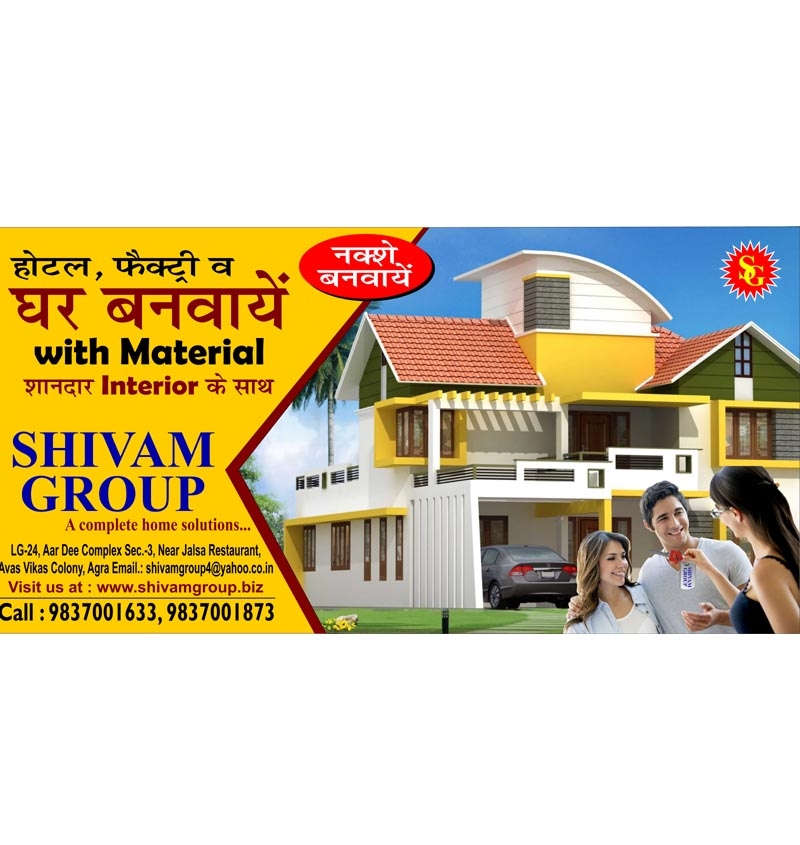
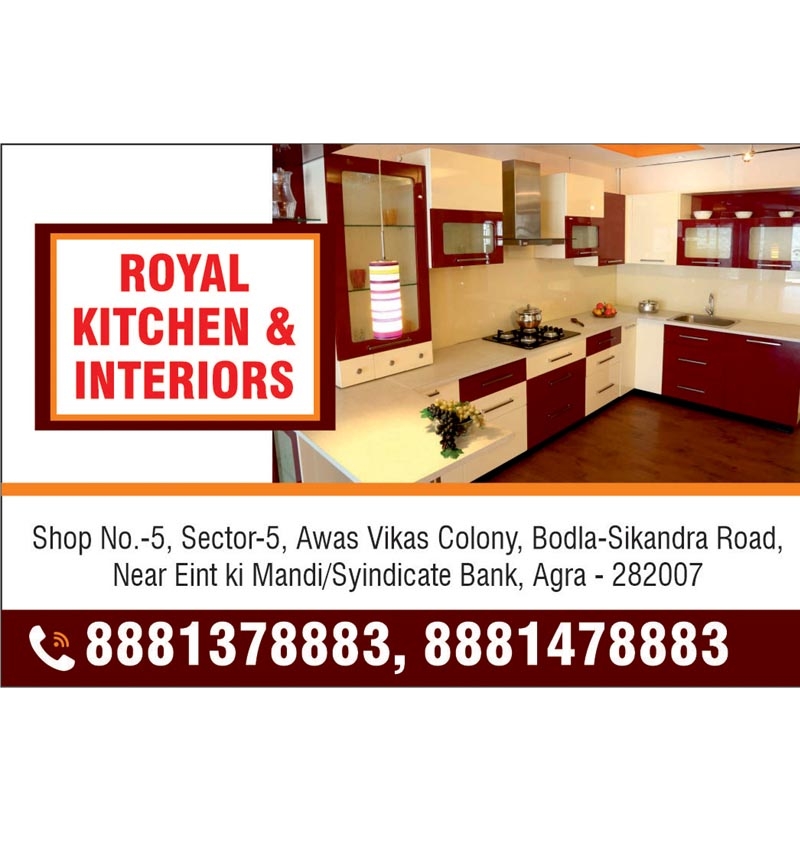






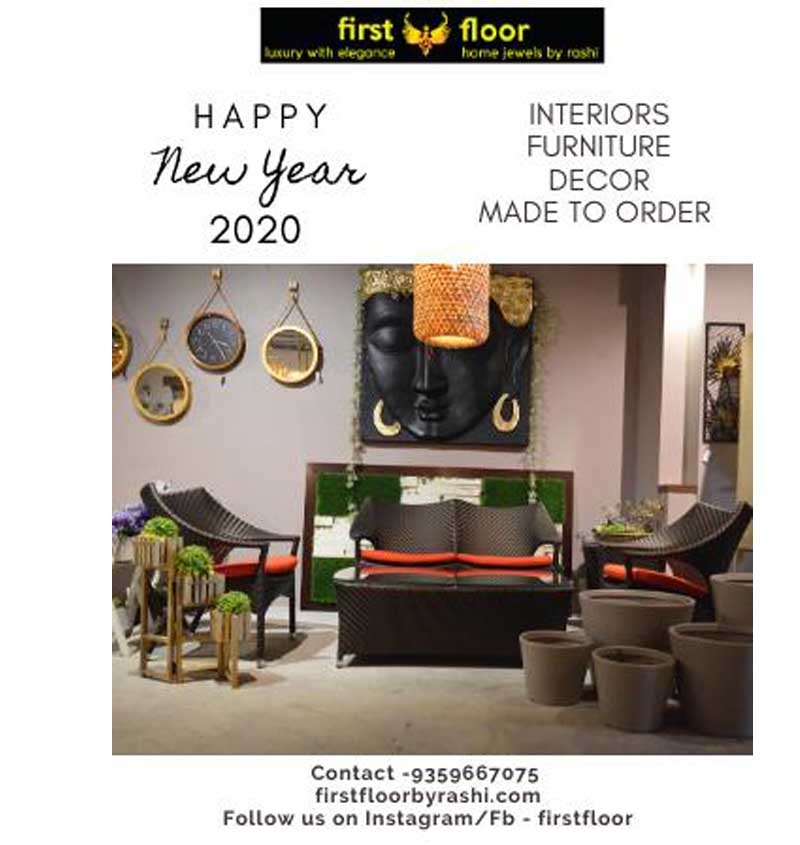



Your Message